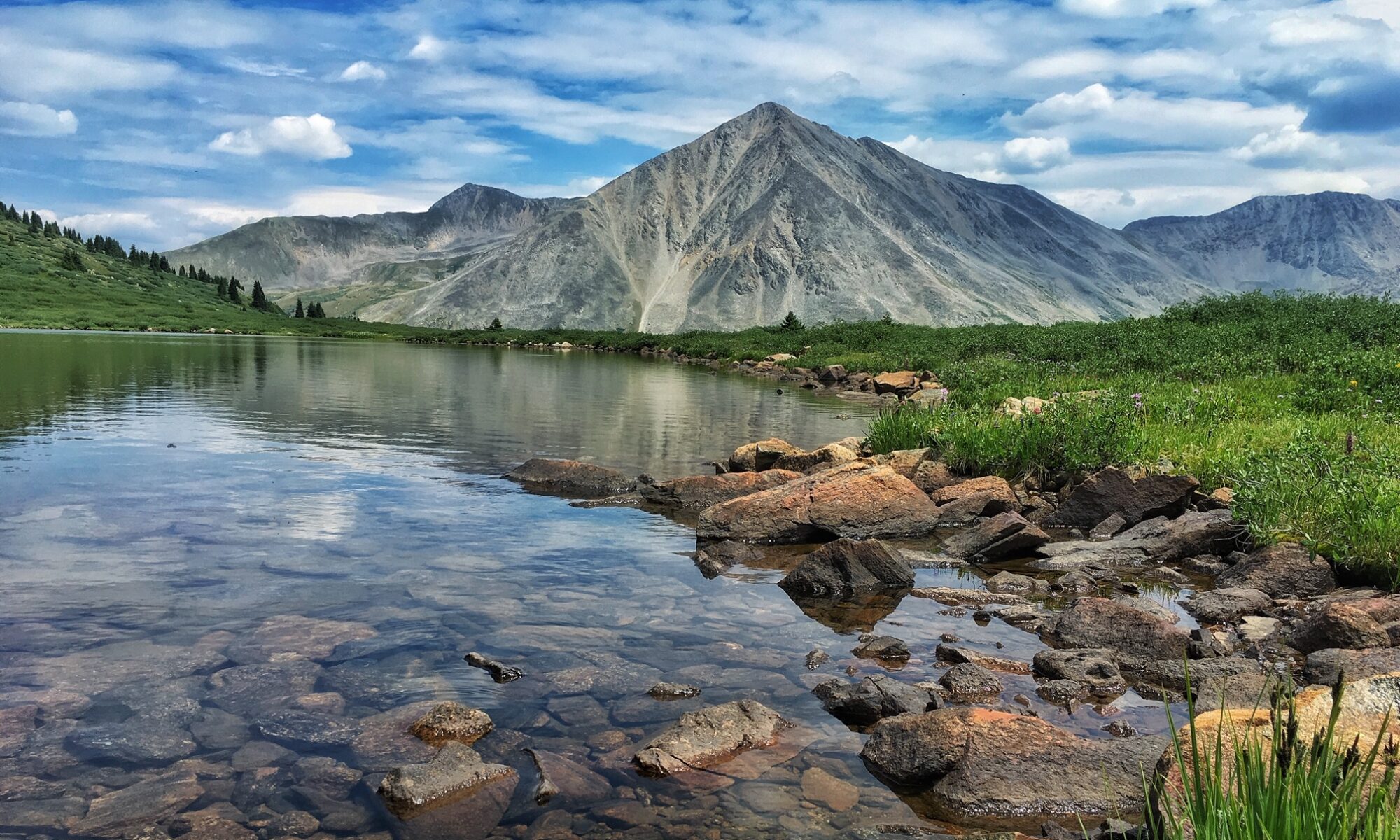Summer. It’s the most wonderful time of the year for fly fishers. Well, it’s one of three. Spring and fall are great too. But it’s hard not to love the season of the year when the days are longer, when the warmth allows you to wet wade, and when the trout dart to the surface to take a terrestrial.
I’ve shared before about how to fly fish in the winter without losing everything from your sanity to your life. That may not seem to be an issue in the summer, but it is. Here are seven strategies to keep you safe and sane as you fly fish during the summer months.
1. Watch for lightening and venomous snakes.
Your chances of encountering both are higher during the summer months. Remember that a graphite fly rod makes an effective lightening rod. So don’t cast when you see lightening or hear thunder. Keep your eyes peeled for rattlers or copperheads or whatever venomous snakes inhabit your fly fishing spots. A wading staff can help you ward off a snake you surprise.
2. Dry fly action will typically not happen until mid-morning.
If you’re a beginner, this may not evident.
But if you hit the river at dawn, you’ll want to fish nymphs or streamers. Some of my favorite rivers for grasshoppers don’t see hopper action until 11 a.m. or so. It’s always a good idea to get intel from the guides at the fly shop. They can tell you what hatches happen on when they happen on the river you plan to fish.
3. Make sure your fly box has plenty of terrestrials.
Summer is a great time for ants, beetles, and grasshoppers—although trout generally don’t start taking hoppers consistently until August.
Make sure you have plenty of attractor patterns, too.
My brother, Dave, did well the other day on a stream near Morrison, Colorado, with a size #14 Royal Coachman. I like a Royal Wulff or a Red (or Yellow) Humpy pattern. Even an Elk Hair Caddis or a Spruce Moth seems to work well about any time in the summer when a fish will rise for something big and buggy.
4. Carry plenty of water.
You can get dehydrated any time of year. But it happens more quickly in the heat of the summer. So don’t forget to stuff a water bottle or two in your vest or satchel.
5. Hire a guide for new water.
I talked to a friend yesterday who returned from a trip to Arizona to visit family. Greg had only one day to fly fish in an area he had never fished before. Thankfully, he did the right thing and hired a guide.
She took Greg to a spot where he caught several Apache trout — one of the rarest, most endangered trout species in the world. There’s nothing like a day with a guide to help you figure out where to fish and how to fish when you’re dealing with new water.
6. Avoid the busy times and places.
Everyone loves summer.
So expect your favorite spots to be more crowded. If possible, fish during the middle of the week instead of the weekend. Plan to walk or hike a bit further to avoid the crowds. It’s better to walk an hour each way and fish a less-pressured stretch for two hours than to spend four hours on the great-looking spot beside the road where there are already four fly fishers in ahead of you.
7. Avoid unnecessary wading risks.
This is a polite way of saying, “Don’t be stupid.”
I don’t know about you, but I’m more inclined to push the safety margins in the summer. I know that I’m not going to get hypothermia if I fall into the Yellowstone River on a hot July afternoon. But that means I might wade into a deeper or swifter run than I might otherwise. I have to tell myself, “No!” It’s not worth it. Also, if you’re going to wet wade, don’t forget that the weather (especially in the intermountain west) can change in a heartbeat. So be prepared.
Have a great summer of fly fishing. The rivers in Montana and Wyoming are clearing and dropping to optimum levels. The hex hatch is about to happen on the rivers in northern Michigan. Anglers in Vermont are seeing trout key in on Caddis, Sulfers, and Drakes. Enjoy the summer. Make sure to do everything you can to stay safe and sane.











